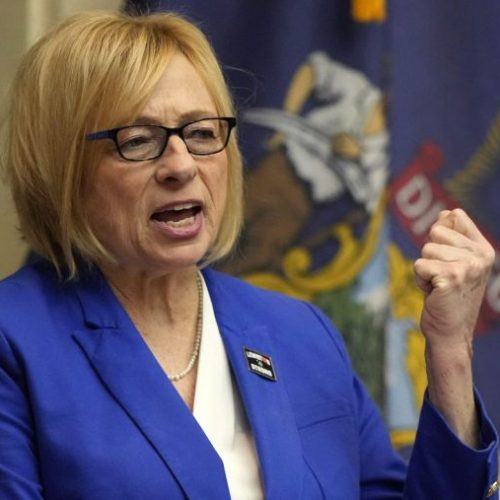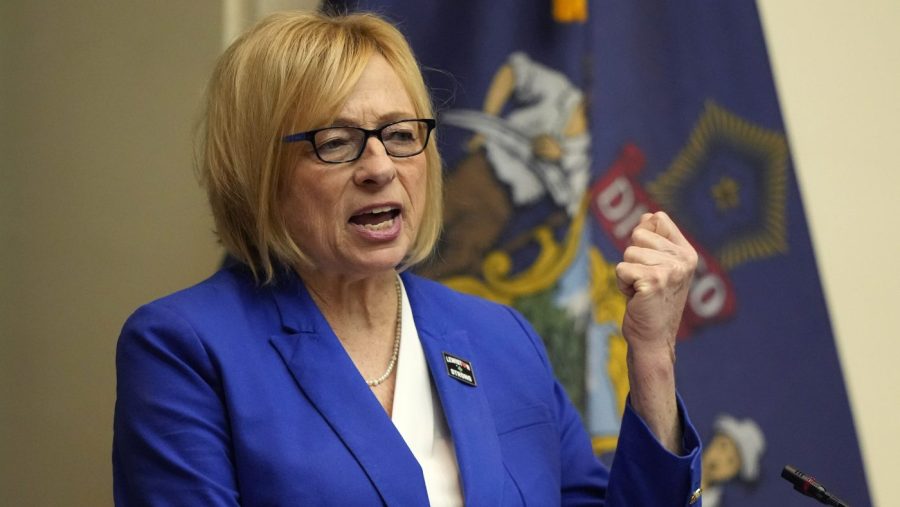Kaine Urges Democrats to Learn from Virginia Amid Party’s Popularity Struggle
Recent polling has revealed a concerning trend for the Democratic Party – a significant decline in popularity among voters. In response, Senator Tim Kaine (D-VA) suggests that Democrats should look to Virginia for guidance on how to regain support.
Key Points
New polling shows the Democratic Party facing historically low favorability ratings. Sen. Tim Kaine recommends Democrats study Virginia’s political landscape for insights. Virginia has recently shifted from a Republican stronghold to a competitive battleground state.
The Poll Results
A recent Quinnipiac University survey paints a grim picture for Democrats:
57% of registered voters have an unfavorable opinion of the Democratic Party. This is the highest unfavorability rating for Democrats since Quinnipiac began tracking in 2008. Only 31% of voters view the Democratic Party favorably. Republicans currently hold a 12-point favorability advantage over Democrats.
Kaine’s Perspective
Senator Kaine believes Virginia’s political evolution offers valuable lessons for Democrats nationwide:
Virginia transitioned from a reliably Republican state to a competitive battleground. Democrats have won recent statewide races by focusing on economic issues and pragmatic governance. Kaine emphasizes the importance of addressing voters’ kitchen-table concerns.
Why This Matters
The Democratic Party’s popularity crisis could have significant implications:
1. Upcoming Elections: Low favorability may hurt Democrats in the 2026 midterms and beyond.
2. Policy Agenda: Declining support could hamper efforts to pass Democratic priorities.
3. Party Strategy: Democrats may need to reassess their messaging and policy focus.
Background: Virginia’s Political Shift
Virginia’s transformation from red to purple state involved several factors:
Demographic changes, particularly growth in diverse suburban areas. Increased focus on state-level organizing by Democrats. Emphasis on kitchen-table issues like healthcare and education. Recruitment of candidates with moderate, pragmatic image.
Multiple Perspectives
While Kaine suggests learning from Virginia, other voices offer different views:
Progressive Stance: Some argue Democrats should embrace bolder, more left-leaning policies to energize the base.
Centrist View: Others believe the party should move towards the center to recapture moderate voters.
Data-Driven Approach: Analysts suggest using more sophisticated data and targeting methods to identify and persuade key voter groups.
Looking Ahead
As Democrats grapple with their popularity challenge, several questions remain:
1. Can strategies that worked in Virginia translate to other states?
2. How will the party balance appeals to progressives and moderates?
3. What role will emerging issues like AI and climate change play in shaping party messaging?
The path forward for Democrats remains uncertain, but Kaine’s call to study Virginia’s example highlights the importance of adaptability and local context in political strategy.









